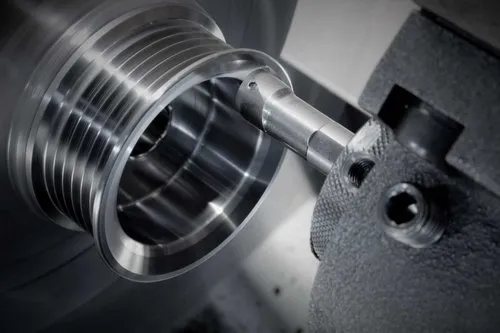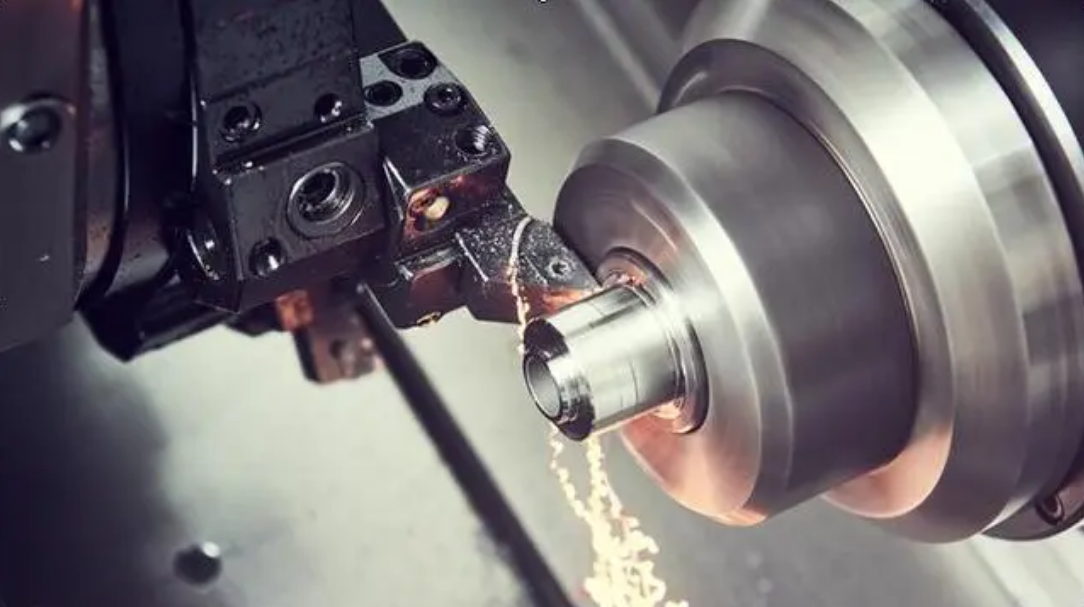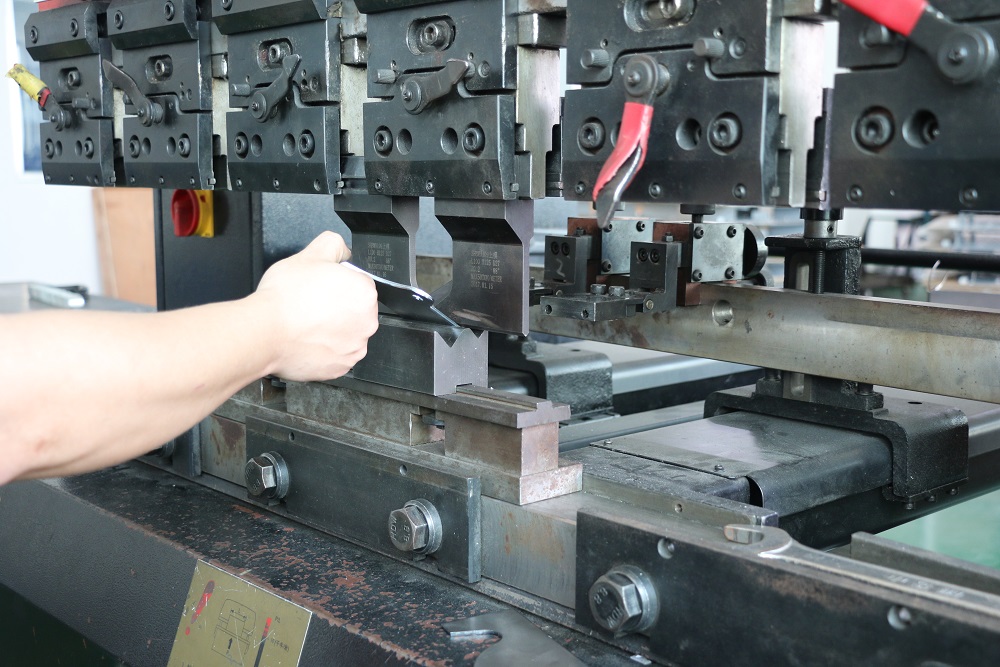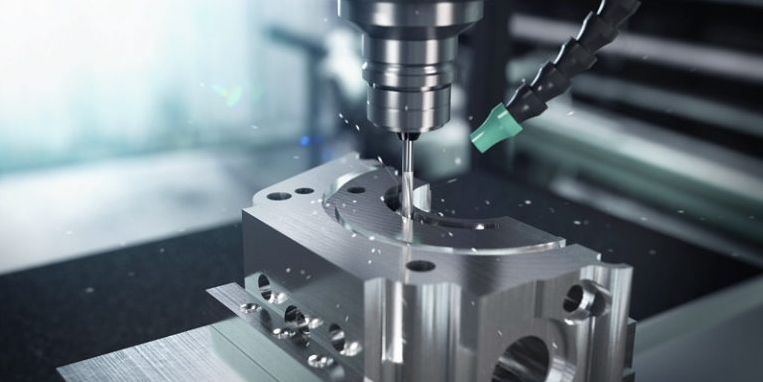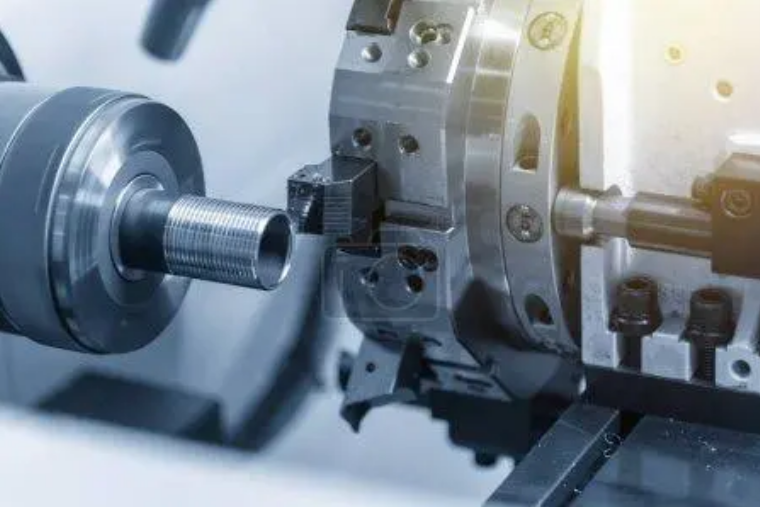Custom sheet metal enclosures offer enhanced durability, precise customization to specific requirements, effective protection against environmental factors, and improved aesthetic appeal for various applications.
Enhanced Protection
Custom sheet metal enclosures are designed to protect equipment in even the most compromising of environments: where physical and environmental exposure is high. These enclosures are often made of stainless steel, aluminum, or galvanized steel, all of which are highly resistant to corrosion, impact, and wear. For industries with outdoor telecommunications setups or marine applications, selecting the proper material and thickness may add years to the machinery’s life. Furthermore, the exactitude of custom measurements ensures that the enclosure is snug, so there is no internal movement to the machine that can wear it out.
The custom sheet metal fabrication process utilizes multiple protective measures. First, the fabricator selects the right metal for the job based on its specific resistances. For example, sheet metal enclosures in an area with high humidity will be made of stainless steel for resistance to corrosion. Second, the manufacturer will add coatings: in order to protect the paint or coloring, powder coating is often applied to an enclosure. Third, the manufacturer will adhere the service enclosure with seals and gaskets that do not allow for water, dust, or other contaminant intrusion. For example, the automotive industry’s sheet metal enclosures must both remain functional and protect the internal electrical components from shocks, vibrations, and drastic temperature changes. All of these processes come together to make the sheet metal enclosure not just a shell, but a highly resistant enclosure against weather, physical wear, and contaminants. Several custom-made protection measures must be taken in order to adequately shield these devices.
Improved Aesthetics
Not only do custom sheet metal enclosures fulfill their original function of providing protection to a product, but they often play a crucial role in improving its visual appeal. As such, engineers and product designers are working closely to create solutions that would be faithful to brand image and attractive to target markets. The latter is particularly relevant in industries such as consumer electronics, where visual appeal can often be as important as proper function. In this context, it is possible to identify key steps to enhancing an enclosure from an aesthetic standpoint:
Choosing the right material and finish . Such metallic textures as brushed stainless steel are popular nowadays for their sleek and modern look. Powder-coated finishes, on the other hand, can be used to conform to various color schemes that are part of a given brand’s overall visual image.
Implementing custom designs and patterns using the laser cutting and CNC machining tools . This step is vital for enhancing the appearance of the enclosure, as intricate patterns and cuts can be used to create a visually striking supplement to the product. These secondary features can also significantly add to the cost-effectiveness of an enclosure by allowing to use less material.
Adding logo and name by silk-screening, embossing, or using other similar techniques . This step is similar to brand registration and can significantly enhance the protection from a psychological standpoint that the brand name allures to the high quality of the product. When combined with proper design, these visual elements can also create an aura of sophistication and exclusivity. All these are closely related to the product manufacturing process, and I am sure that it is better for them to be integrated into manufacturing in order to be better assured of a high-quality final product and to facilitate the customization process.

Increased Durability
It is beyond discussion that custom sheet metal enclosures are engineered to be as durable as possible. In this regard, manufacturers choose premium materials and utilize advanced fabrication techniques to meet the harsh challenges of such industries as aerospace, automotive, and machinery. These measures also help protect everything in the enclosures and extend the life of the components. Several critical steps are followed. First, manufacturers choose appropriate materials based on the future conditions of their application. The examples of such materials include stainless steel, aluminum, and various reinforced composites based on their natural resistance to corrosion, strength, and response to external environmental problems. Second, during the design stage, engineers perform software-aided calculations to optimize the response to stress distribution.
They place ribs and folds in such a way that the durability of the entire structure is improved and unnecessary weight is avoided. Third, surface treatments should also be considered. For instance, powder coatings, anodizing, or plating can help in increasing the complete durability of the enclosure by providing a protective layer against corrosion and wear. It is beneficial that these treatments are also applied to increase the strength of the enclosure completely . Overall, these measures make it possible to produce forceful sheet metal enclosures that do not simply meet the requirements of their operational conditions but are specifically made resistant to them. For example, if excavated for outdoor applications, they can be particularly protective against UV radiation and rapid temperature changes that could affect the objects placed within the enclosure.
Custom Fit and Configuration
The ability to order a custom fit and configuration for electronic devices is one of the factors that separate top-tier manufacturer shops from their competition. A tailored solution means that every piece of equipment fits perfectly, making it as functional and efficient in footprint as possible. In particular, in areas where a business operates specialized equipment not common within the industry, such as for healthcare, aerospace, or specific electronics, having a custom-fit enclosure makes a crucial difference. The process of ordering a custom-fit enclosure is relatively detailed and precise.
Initial Consultation and Design: Following the agreement to obtain a customized solution from a manufacturer, an engineer begins working with the client to understand the specific needs of the device and the features it must accommodate. In addition, the engineer inquires about the specific needs of the business, including any constraints in size or shape. In the ideal situation, the new enclosure can be designed to meet not just the shape of the device that accommodates it, but also the available space in the device operational environment.
3D Modeling and Prototyping: Following the initial work, the enclosure is modeled in a 3D CAD. Once modelled, the piece is prototyped using rapid 3D printing techniques to ensure the component can be easily assembled and meets all of the specifications.
Fabrication: The final component is fabricated using the most appropriate metalwork techniques. In recent years, CNC machining and laser cutting are used to ensure maximum precision in metalworking. This ensures that each hole, weld line, and flange-matching, is executed with exact precision under the designer’s design.
Such a precise approach in the custom fit of the enclosure increases the protective properties of the enclosure but also ensures that the equipment covered can be easily interconnected with the remaining portions of the equipment. Often, custom solutions have put extensive thought into solving specific, general challenges encountered in the business’s operations, such as significant heat dissipation, cable folding, or ease of use for operators. The final solution is thus highly functional and appropriate, aligns well with the device it protects, and ensures a more cohesive system of operations.

